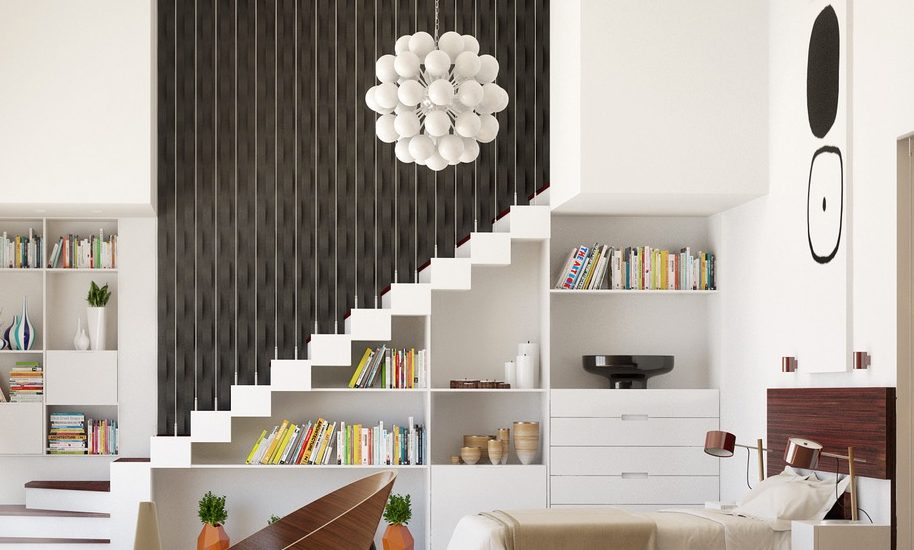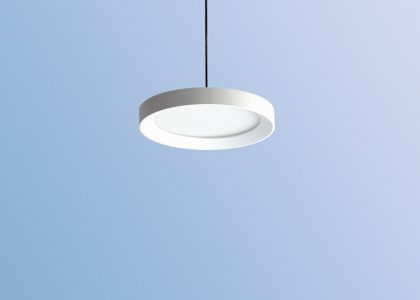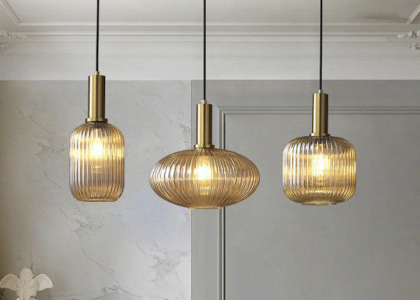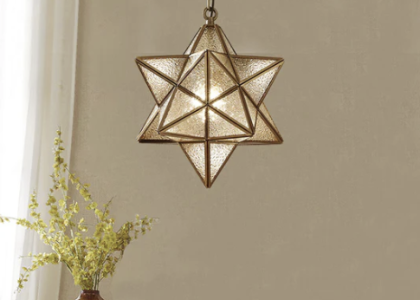Introduction
Wabi Sabi is a Japanese aesthetic philosophy that embraces the beauty of imperfection, impermanence, and simplicity. It is a worldview that values the natural and the raw, and it is reflected in various forms of Japanese art, including pottery, architecture, and woodworking. In this article, we will explore the essence of Wabi Sabi woodworking and how it has influenced the craft of woodworking.
What is Wabi Sabi Woodworking?
Wabi Sabi woodworking is a style of woodworking that emphasizes the natural beauty of wood and embraces its imperfections. It is a philosophy that values the inherent properties of wood, such as its grain, knots, and cracks, and uses them to create unique and authentic pieces of furniture.
The Beauty of Imperfection
In Wabi Sabi woodworking, imperfection is not seen as a flaw but as a unique characteristic that adds to the beauty and charm of a piece of furniture. For example, a knot in the wood might be seen as a symbol of the tree’s struggle to survive, and its presence adds a sense of history and authenticity to a piece of furniture. Wabi Sabi woodworking also embraces the natural cracks and splits that occur in wood due to weather or age, and these imperfections are often highlighted with contrasting wood or filler to accentuate their beauty.
The Simplicity of Design
Another aspect of Wabi Sabi woodworking is simplicity in design. Wabi Sabi furniture is often simple and unadorned, with clean lines and a sense of understated elegance. This simplicity not only highlights the natural beauty of the wood but also emphasizes the functional aspect of the furniture. Wabi Sabi furniture is designed not just to be beautiful but also to be practical and functional, and this functional aspect is an essential part of its aesthetic value.
The Influence of Wabi Sabi Woodworking
Wabi Sabi woodworking has had a significant impact on the craft of woodworking, influencing the design, style, and techniques used by woodworkers all over the world.
Embracing Imperfections
One of the most significant ways in which Wabi Sabi woodworking has influenced woodworking is by encouraging woodworkers to embrace imperfections in wood. In traditional woodworking, woodworkers strive for perfection, and any imperfection is seen as a flaw that needs to be corrected. However, Wabi Sabi woodworking celebrates these imperfections and uses them to create unique and authentic pieces of furniture.
Simplicity in Design
Wabi Sabi woodworking also emphasizes simplicity in design, which has influenced many woodworkers to adopt a minimalist and understated style. This style is particularly popular in contemporary furniture design, where simplicity and functionality are essential aspects of the aesthetic value.
Natural and Sustainable Materials
Finally, Wabi Sabi woodworking has also influenced woodworkers to use natural and sustainable materials in their work. Wabi Sabi encourages the use of local and native wood species, rather than imported or exotic wood, and promotes the use of wood from sustainable sources. This emphasis on sustainability has led many woodworkers to adopt more eco-friendly practices and to contribute to the preservation of the environment.





